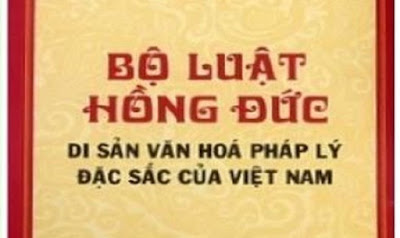Exchange Rate Policy and Macroeconomic Stability in Vietnam
Tran, T. T. H. (2018). Exchange Rate Policy and Macroeconomic Stability
in Vietnam. VNU Journal of Science: Economics and Business, Vol. 34, No.
2 (2018) 1-16
http://repository.vnu.edu.vn/handle/VNU_123/62534?mode=full
Since Jan 4th 2016, the State Bank of Vietnam (SBV) has applied the central exchange rate regime pegging VND to a basket of 8 currencies, which reflects the adaptation of macro policies in general and exchange rate policy in particular when the integration context has changed. In order to propose suitable solutions to administrate exchange rate policy effectively, this article employs the vector auto regression (VAR) model, in which the relationship between exchange rate and three objectives of exchange rate policy (including prices, output and trade balance) are tested. The data used in this model is quarterly, in the period 2001q1-2017q3. Based on the results of the VAR model, a number of policy implications has been proposed, including: (i) continuing to apply a currency basket pegged exchange rate regime; (ii) instead of choosing to devaluate VND, the SBV should use other exchange rate management tools; (iii) speeding up the development of the derivative exchange rate market is necessary to reduce the level of exchange rate pass-through (ERPT) to the import price index so that helps to control inflation in Vietnam; and (iv) the SBV should prioritize the exchange rate policy administration towards price stability through adopting an inflation-targeting monetary policy.
http://repository.vnu.edu.vn/handle/VNU_123/62534?mode=full
Since Jan 4th 2016, the State Bank of Vietnam (SBV) has applied the central exchange rate regime pegging VND to a basket of 8 currencies, which reflects the adaptation of macro policies in general and exchange rate policy in particular when the integration context has changed. In order to propose suitable solutions to administrate exchange rate policy effectively, this article employs the vector auto regression (VAR) model, in which the relationship between exchange rate and three objectives of exchange rate policy (including prices, output and trade balance) are tested. The data used in this model is quarterly, in the period 2001q1-2017q3. Based on the results of the VAR model, a number of policy implications has been proposed, including: (i) continuing to apply a currency basket pegged exchange rate regime; (ii) instead of choosing to devaluate VND, the SBV should use other exchange rate management tools; (iii) speeding up the development of the derivative exchange rate market is necessary to reduce the level of exchange rate pass-through (ERPT) to the import price index so that helps to control inflation in Vietnam; and (iv) the SBV should prioritize the exchange rate policy administration towards price stability through adopting an inflation-targeting monetary policy.


Nhận xét
Đăng nhận xét